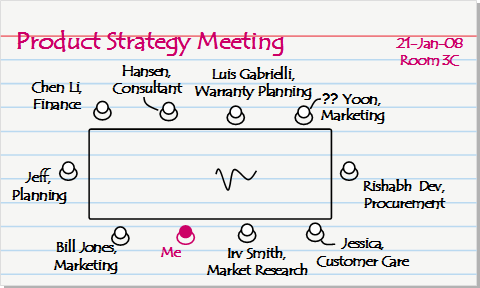A friend is someone who knows the song in your heart and can sing it back to you when you have forgotten the words.
—Unknown
Go to college and get some knowledge. Stay there till you’re through. If they can make penicillin out of mouldy bread, they can sure make something out of you.
—Muhammad Ali (American Sportsperson)
Your talent is God’s gift to you; what you do with it is your gift to God.
—Leo Buscaglia (American Motivational Speaker)
Are you bored with life? Then throw yourself into some work you believe in with all your heart, live for it, die for it, and you will find happiness that you had thought could never be yours.
—Dale Carnegie (American Author)
The secret of happiness is not in doing what one likes, but in liking what one does.
—J. M. Barrie (Scottish Novelist)
No matter how old you are, you are always somebody’s child, and if you are loved, you are always in somebody’s thoughts.
—Unknown
Whether the philosophers praise him or criticize, whether wealth enters the house or goes away as it wishes, whether death is today itself or after an eon, great men never step a foot away from the path of justice.
—Subhashita Manjari
Behold the turtle. He makes progress only when he sticks his neck out.
—James Bryant Conant (American Chemist)
Not being able to do everything is no excuse for not doing everything you can.
—Ashleigh Brilliant (British Cartoonist)

.jpg)
 Consider the following case. Sarah was the head of a committee that organized the annual family picnic at her company. The committee exceeded the picnic budget by 35%. Sarah’s boss uses the sandwich technique to criticize her for her failure to control expenditure.
Consider the following case. Sarah was the head of a committee that organized the annual family picnic at her company. The committee exceeded the picnic budget by 35%. Sarah’s boss uses the sandwich technique to criticize her for her failure to control expenditure. Suppose that Charlie led a brainstorming meeting for a new product. One of his new fresh-from-college employees proposed an idea that was not practicable. Charlie was annoyed with the idea and responded, “That is a stupid idea. You are thoughtless. You have been here for less than a week. I don’t think you are knowledgeable enough to contribute to our discussions here.”
Suppose that Charlie led a brainstorming meeting for a new product. One of his new fresh-from-college employees proposed an idea that was not practicable. Charlie was annoyed with the idea and responded, “That is a stupid idea. You are thoughtless. You have been here for less than a week. I don’t think you are knowledgeable enough to contribute to our discussions here.” Once managers use the sandwich feedback technique a few times, employees recognize the praise-criticism-praise pattern. They realize that the managers offer criticism after initiating their conversations with praise. Subsequently they learn to discount this praise since such praise is just a lead-in to the criticism.
Once managers use the sandwich feedback technique a few times, employees recognize the praise-criticism-praise pattern. They realize that the managers offer criticism after initiating their conversations with praise. Subsequently they learn to discount this praise since such praise is just a lead-in to the criticism.

